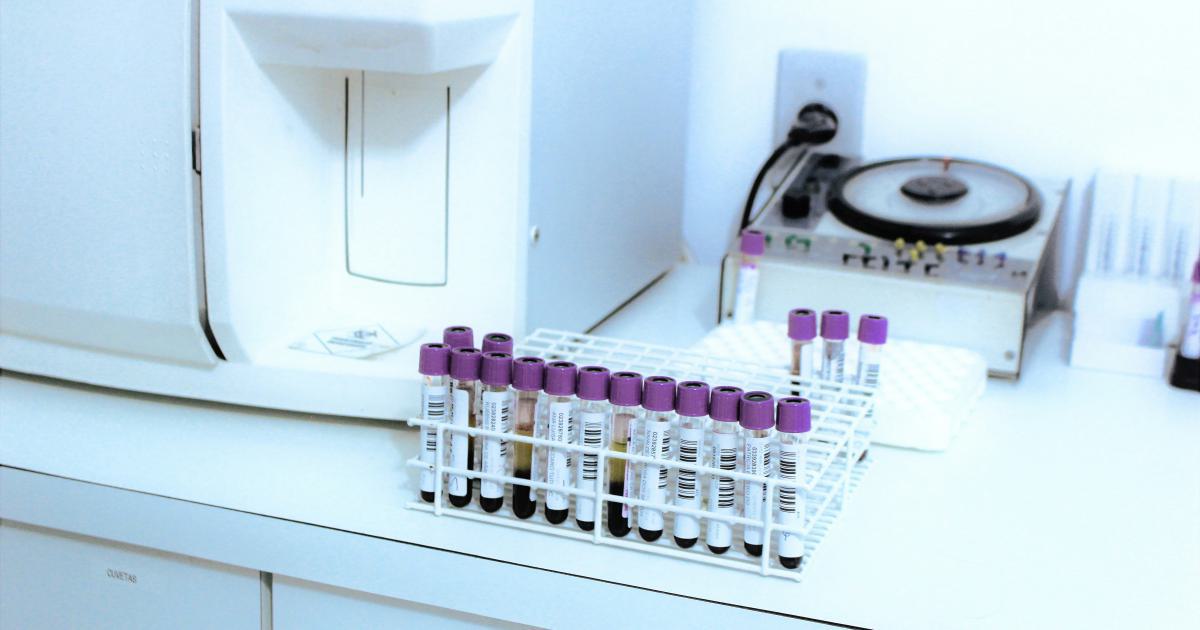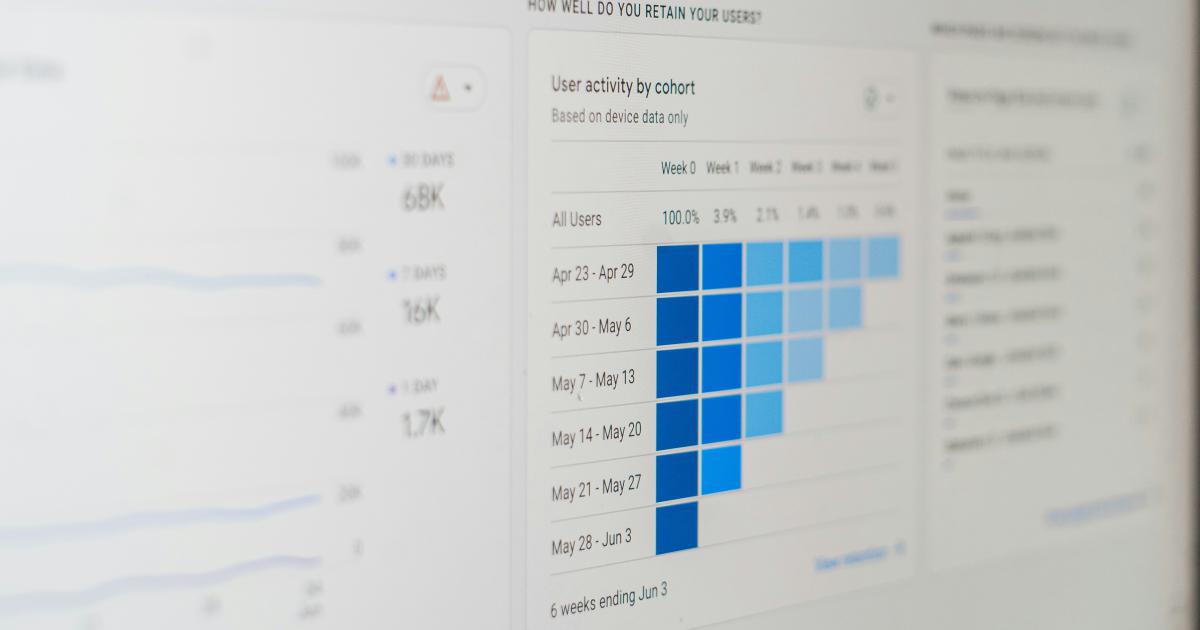Winning Website Design: A/B Testing Best Practices Revealed


Understanding the Power of A/B Testing
In the ever-evolving world of website design, staying ahead of the curve is essential. One of the most powerful tools in a designer's arsenal is A/B testing, a technique that allows you to experiment, learn, and optimize your website's performance. By comparing two versions of a web page, you can make data-driven decisions that lead to increased conversions, improved user engagement, and a better overall experience for your audience.
A/B testing, at its core, is a scientific approach to website optimization. It involves creating two (or more) variations of a page or element, and then presenting them to users to measure their responses. This could be anything from the placement of a call-to-action button to the color scheme of a landing page. By analyzing the data, you can determine which version performs better and make informed decisions about the future of your website.

The benefits of A/B testing are numerous. It allows you to:
- Reduce Guesswork: Instead of relying on hunches or personal preferences, A/B testing provides concrete data to guide your design decisions.
- Optimize Conversion Rates: By identifying the most effective elements, you can increase the likelihood of users taking desired actions, such as making a purchase or signing up for a newsletter.
- Enhance User Experience: A/B testing helps you understand your audience's preferences and pain points, enabling you to create a more intuitive and enjoyable user experience.
- Validate Hypotheses: Testing your assumptions through A/B testing helps you validate your ideas and avoid costly mistakes.
- Continuously Improve: A/B testing is an ongoing process, allowing you to continuously refine and improve your website's performance.
Developing an Effective A/B Testing Strategy
Before diving into the intricacies of A/B testing, it's essential to establish a well-structured strategy. This ensures that your experiments are focused, efficient, and yield meaningful insights.
Define Your Goals and Objectives
The first step in developing an effective A/B testing strategy is to clearly define your goals and objectives. What do you hope to achieve through your testing? Are you aiming to increase website conversions, improve user engagement, or optimize the navigation experience? By establishing these goals upfront, you can align your testing efforts and measure the success of your experiments.
Identify Testable Elements
Once you've defined your goals, it's time to identify the specific elements on your website that you can test. These could include:
- Call-to-Action (CTA) Buttons: Test different colors, sizes, placements, and wording to optimize conversions.
- Landing Page Layout: Experiment with the arrangement of content, images, and forms to enhance user engagement.
- Product Page Design: Test variations in product images, descriptions, and pricing to improve sales.
- Navigation Menus: Explore different menu structures and labeling to improve user flow.
- Form Fields: Experiment with form length, field order, and input types to streamline the conversion process.

Establish a Testing Methodology
With your goals and testable elements in mind, it's time to establish a consistent testing methodology. This includes determining the test variables, sample sizes, and statistical significance thresholds. By having a well-defined process, you can ensure the reliability and validity of your test results.
Create a Testing Calendar
Organizing your A/B testing efforts into a structured calendar can help you manage the process effectively. This calendar should include details such as the test timelines, target audience, and any dependencies or constraints. Regularly reviewing and updating your testing calendar will help you stay on track and make the most of your optimization efforts.
Conducting Effective A/B Tests
Now that you have a solid strategy in place, it's time to dive into the actual implementation of your A/B tests. Here are some best practices to help you conduct effective experiments:
Identify Testable Hypotheses
Before creating your test variations, it's crucial to formulate clear, testable hypotheses. These hypotheses should be based on your understanding of your target audience, user behavior, and the business objectives you aim to achieve. A well-crafted hypothesis will not only guide your test design but also help you interpret the results more effectively.
For example, a hypothesis could be: "Changing the CTA button color from green to red will increase the conversion rate on the landing page by at least 10%."
Design Meaningful Variations
Once you have your hypotheses in place, it's time to design the variations you'll be testing. These variations should be significantly different from each other, with clear and measurable distinctions. Avoid making minor tweaks, as they are less likely to produce meaningful results.
When designing your variations, consider factors such as:
- Visual Elements: Experiment with different layouts, colors, fonts, and imagery.
- Content: Test variations in messaging, tone, and information architecture.
- Functionality: Explore changes in user interactions, such as form fields or navigation.

Ensure Statistical Significance
One of the most critical aspects of A/B testing is ensuring that your results are statistically significant. This means that the difference in performance between the two variations is not due to chance, but rather a result of the changes you've made.
To achieve statistical significance, you'll need to determine the appropriate sample size and run your test for a sufficient duration. There are various online calculators and tools available to help you determine the required sample size based on your desired confidence level and minimum detectable effect.
Monitor and Analyze Results
As your A/B test runs, it's essential to monitor the results closely. Keep a close eye on key metrics such as conversion rates, user engagement, and any other relevant KPIs. Regularly check in on the test progress and make adjustments to the sample size or duration if necessary.
Once the test has concluded, thoroughly analyze the results. Compare the performance of the variations and determine which one performed better. Be sure to consider not only the statistical significance but also the practical significance of the results. A small percentage increase may not always justify the implementation of a particular design.

Communicate and Implement Learnings
After analyzing the test results, it's time to communicate your findings and implement the winning variation. Share the insights with your team, stakeholders, and any relevant decision-makers. Explain the process, the rationale behind the test design, and the implications of the results.
Once the decision has been made, implement the winning variation across your website. However, remember that A/B testing is an ongoing process. Continue to monitor the performance of the new design and be prepared to run additional tests to further optimize your website's performance.
Advanced A/B Testing Techniques
As you become more experienced with A/B testing, you may want to explore some advanced techniques to take your optimization efforts to the next level.
Multivariate Testing
While A/B testing compares two variations, multivariate testing allows you to test multiple variables simultaneously. This approach can provide deeper insights into the interaction between different elements on your website.
For example, you could test different combinations of CTA button color, image placement, and headline copy to determine the most effective combination.

Personalization and Segmentation
Taking A/B testing a step further, you can leverage personalization and segmentation to deliver targeted experiences to specific user groups. By analyzing user data and behavior, you can create tailored variations that cater to the unique needs and preferences of different audience segments.
This approach can lead to even more impactful results, as you're able to optimize the user experience for individual users or user groups.

Continuous Optimization
A/B testing should not be a one-time effort, but rather a continuous process of experimentation and improvement. Regularly reviewing your test results, iterating on winning variations, and implementing new tests can help you maintain a competitive edge and ensure your website's ongoing success.
By adopting a culture of continuous optimization, you can continuously refine your website's design, content, and functionality, ultimately delivering the best possible experience for your users.

Overcoming Common A/B Testing Challenges
While A/B testing can be a powerful tool, it's not without its challenges. Knowing how to navigate these obstacles can help you achieve more reliable and impactful results.
Insufficient Traffic
One of the most common challenges in A/B testing is having insufficient website traffic to generate statistically significant results. This can be particularly problematic for smaller or niche websites. To overcome this, consider exploring strategies such as targeted advertising, cross-promotion, or expanding your testing to include other digital channels.
Cognitive Biases
Human decision-making is often influenced by cognitive biases, which can skew the results of your A/B tests. Be mindful of biases such as the "anchoring effect" or the "bandwagon effect" and design your tests to minimize their impact.
Technical Limitations
Depending on your website's technology stack and infrastructure, you may encounter technical limitations that hinder your A/B testing efforts. This could include issues with website caching, browser compatibility, or integrations with third-party tools. Addressing these technical challenges upfront can help you conduct more reliable tests.

Interpretation of Results
Interpreting the results of your A/B tests can be another challenge, especially when dealing with complex or unexpected outcomes. Ensure that you have a clear understanding of statistical significance, practical significance, and the potential factors that may have influenced the results.
By anticipating and addressing these common challenges, you can improve the effectiveness of your A/B testing efforts and make more informed, data-driven decisions for your website's optimization.
Conclusion: Embracing the Power of A/B Testing
A/B testing is a transformative tool that can help you elevate your website's design, user experience, and overall performance. By adopting a structured, data-driven approach to optimization, you can make informed decisions, reduce guesswork, and continuously improve your online presence.
Remember, A/B testing is an ongoing process, not a one-time exercise. By embracing a culture of experimentation and continuous learning, you can stay ahead of the competition and deliver exceptional experiences for your users.
So, what are you waiting for? Start developing your A/B testing strategy today and unlock the true potential of your website's design!